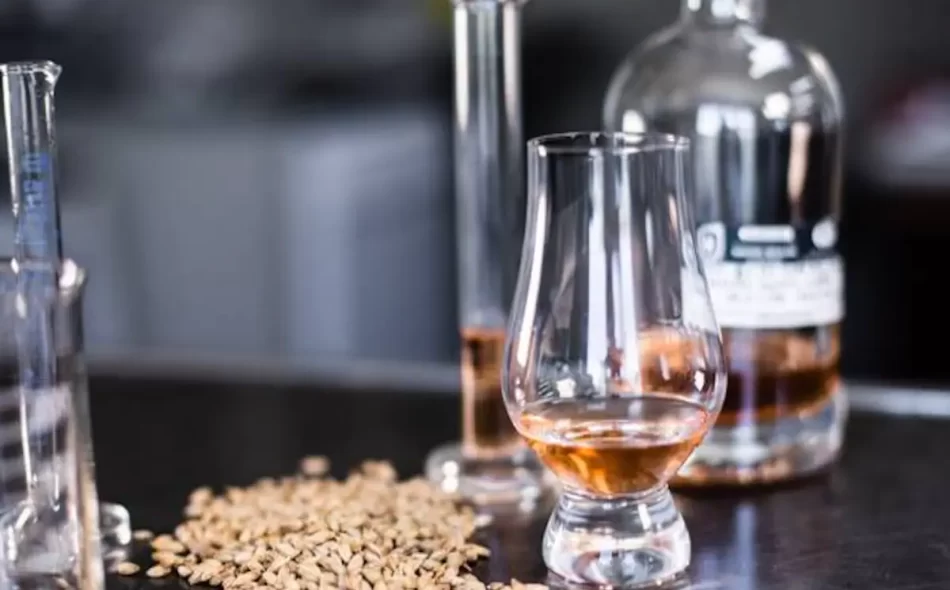Whiskey is a unique and time-honored spirit with an impressive history and complex production. From its origins centuries ago to its modern forms today, exploring whiskey’s past and understanding the process of making it can enrich your appreciation for the beverage. Dive into this guide to discover all there is to know about this beloved spirit!
Understand the Basics of Distillation.
Distillation is the process that determines how a whiskey will taste; it’s also the most critical part in making whiskey. To understand what you’re drinking, it’s important to know exactly what happens during distillation. The heat used to turn alcohol into vapor is known as the “heat of evaporation.” This heat causes select chemicals to become volatile and evaporate in a controlled setting, which removes impurities that cannot easily evaporate. The condensed vapor is then collected and cooled down, creating a spirit with a powerful aromatic profile.
Explore the Origins of Whiskey-Making.
Before diving into the distillation process, an understanding of where whiskey-making originated is pivotal. Around 500BCE, the Babylonians were warming their wine to make it easier to drink, however, it was in Europe that the real practice of distillation would start. The Greeks and Romans looked to herbal medicine as a way to treat various ailments; so much so that some of these recipes still exist today! Distillation technology eventually spread across Ireland and Scotland and by 1788 commercial whisky production had become commonplace.
Understand Types & Styles of Whiskey.
To really understand whiskey, one must first understand the types and styles of whiskey. Though all whisky is distilled from grains, there are several distinct categories that use different grain mixtures and distillation methods. Scotch whisky is usually made from malted barley and aged in oak barrels for at least three years. Bourbon whiskey is distilled from a mash of at least 51% corn, rye whiskey a minimum of 51% rye, and malt whiskey is made of malted barley. Each type has its own unique flavor profile, so it pays to explore different options!
Learn About Aging & Flavoring Processes.
Once the whiskey is distilled and stored in oak barrels, the possibility of aging begins. Aging allows a whisky’s flavor to develop and its character to become more distinct. The rate at which a whisky ages can depend on several factors, including type of wood used for the barrel, proof of spirit stored inside, size of barrel, and climate in which it’s stored. Flavoring agents may also be added after distillation including caramel or fruit flavors. These additives often mask imperfections such as off-flavors or harshness that are common in younger whiskeys.
Discover Industry Innovations & Best Practices.
Industry experts are constantly testing new ideas and methods to improve both the quality and flavor of whisky. Some of these innovations include experiments in barrel charring, styles of oak used for casking, the addition of adjunct flavoring agents, and others. By understanding the various processes that go into producing whiskey, you can gain a deeper appreciation for the art behind this spirit.

